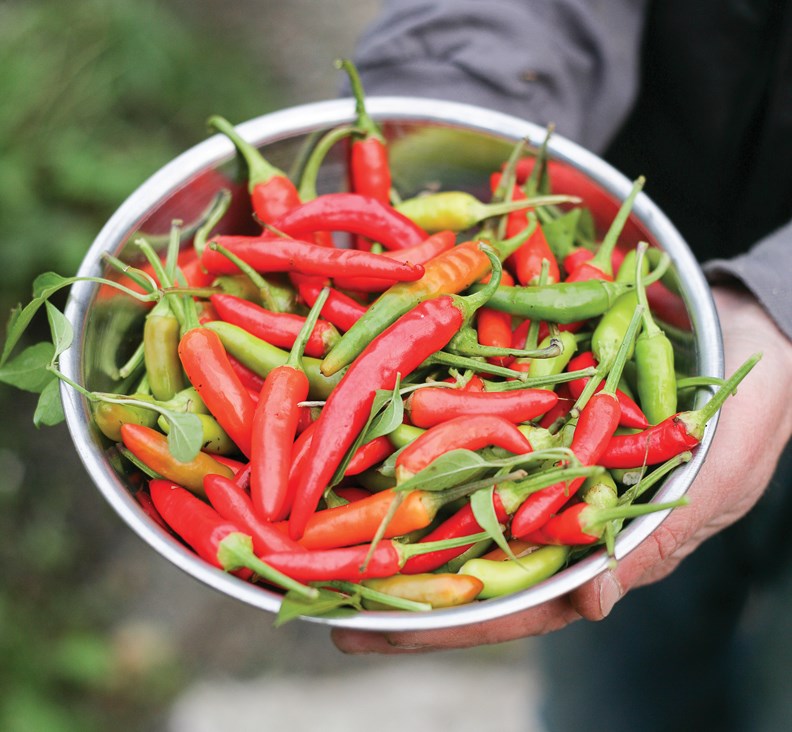Do you enjoy hot and spicy foods? Not only are you tantalizing your taste buds, you may be adding a dash of healthy attributes to your meal with your hot sauce.
All hot or chili peppers contain capsaicin, the natural chemical found in capsicum that causes the sensation of heat in the tongue and on the mouth. With or without direct contact, it can also cause your eyes to water and burn, your nose to run and your forehead to perspire.
As much as it can be tough on eyes and skin, capsicum also attacks food-borne pathogens, killing or inhibiting up to 75 per cent of bacteria in foods. That’s partly why spices such as hot peppers are traditionally used in hot climates, where risk of bacterial contamination is high.
For the same reason, using hot sauce and hot peppers can be a good preventative measure for summer cooking (as long as you follow common sense and also protect your food from spoilage).
Spicy foods may also stimulate your circulation and raise your body temperature. Oddly, this can actually make you feel cooler in summer, especially if the pepper induces sweating, your body’s natural cooling system.
Capsicum peppers are commonly recommended by herbalists for helping with infections, cramps and arthritis. All peppers also contain high amounts of vitamin C and vitamin A.
Do you know your habanero from jalapeño? If you’re flirting with hot peppers in your cooking, it helps to know just how hot to go.
Sweet bell peppers and Italian peppers contain no capsaicin. You can eat them raw or cooked in quantity with no noticeable heat. That’s also why spicy foods which contain bell peppers such as chili con carne, also call for powdered chili powder to kick up the heat factor.
Least searing of all the chili peppers, pepperoncini and New Mexican peppers contain just a touch of sizzle. The more common jalapeño, wax and rocotillo peppers are hotter and are good choices for most recipes calling for fresh cut chilies.
But they pale in comparison to red hot Serrano and cayenne peppers, often used for the spiciest Mexican and Spanish cooking. Teeny Thai peppers also pack a whopping ratio of blistering capsaicin for their size.
Topping the chili charts are the smallest peppers that pack a serious heat punch. These include the infamous and colourful habanero peppers along with Jamaican hot peppers. You should prepare and eat these peppers in a very cautious manner.
The seeds and inside white thread-like area of chili peppers are the hottest. You can neutralize some of the capsaicin effect by removing the seeds and threads prior to cooking and consuming.
When handling very hot peppers use gloves or wash your hands completely as soon as you are done. If you fail to do so and rub your eyes or nose, you will pay for the indiscretion with a nasty burning sensation.



